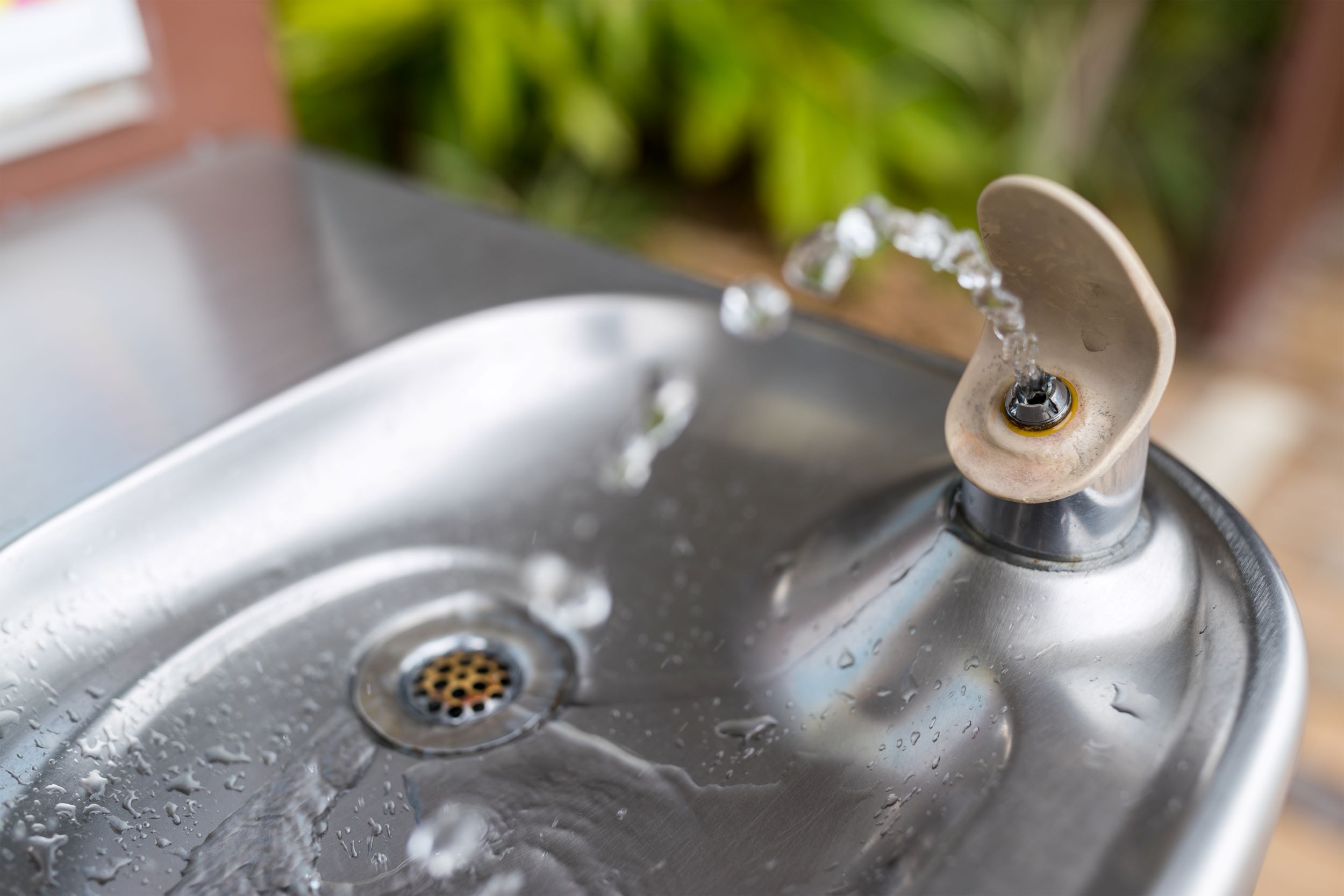
Lead Service Line Inventories Across Kansas
With the EPA’s new Lead and Copper Rule Improvements, communities have now begun a decade-long journey to remove lead from their water systems. For 41 public water systems across Kansas, the first step of that journey has been completed with the support of our team in building accurate service line inventories.
Developing this inventory didn’t come without challenges. Identifying service line materials required every homeowner and business to self-report their lines—an effort that called for careful and persistent coordination.
We partnered with public water systems to launch a tailored, fact-driven outreach campaign supported by GIS integration. Our planning and engagement team created educational materials to engage communities and encourage survey participation. Residents could complete the survey in two formats: online, through Survey123, or via paper forms. Survey123, integrated by our GIS team, allowed responses to flow directly into a GIS database. This streamlined data collection, enabling communities to map and visualize information for better pattern detection.
The results were outstanding. The public awareness campaigns exceeded expectations, achieving an average response rate of 39%, with some communities reaching up to 60%, far surpassing the anticipated 10%. Data export from GIS into the Kansas Department of Health and Environment’s (KDHE) spreadsheet required minimal formatting, saving time and effort.




